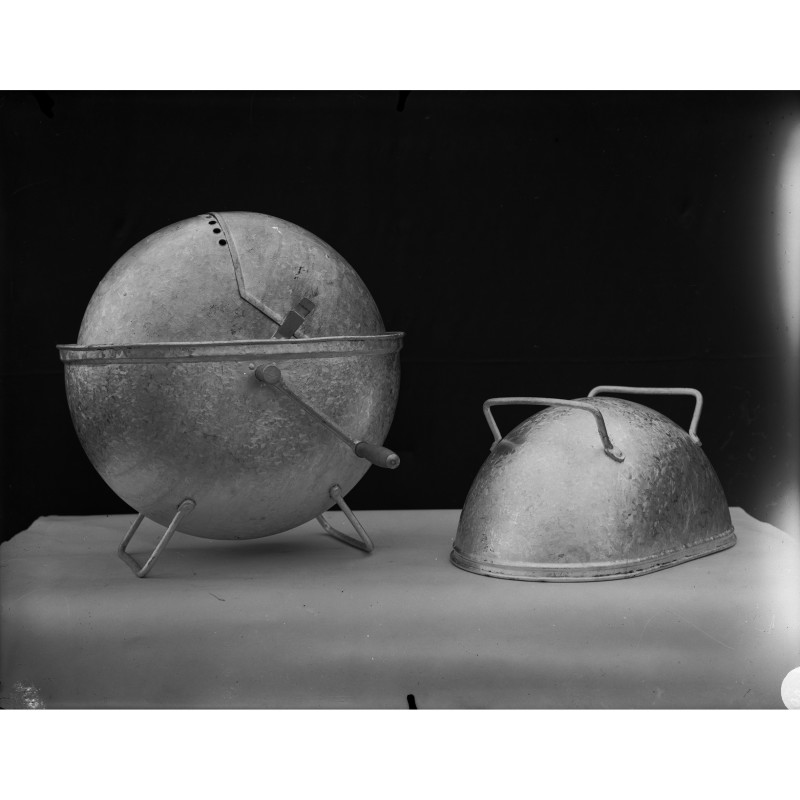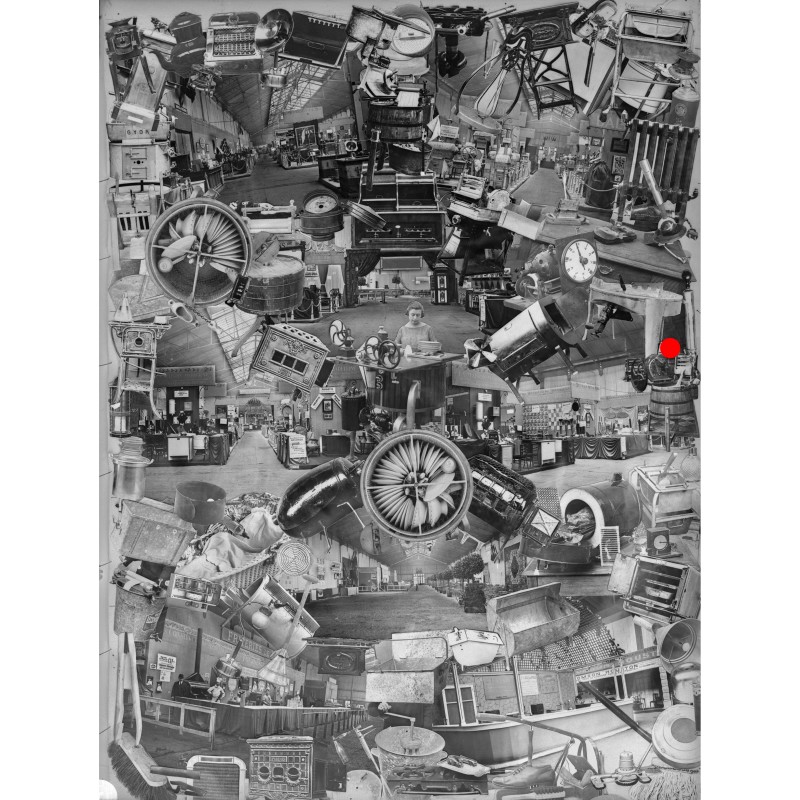Exhibition coproduced by CNRS and the Rencontres d’Arles, in partnership with the Archives Nationales.
Publication: Inventions (1915-1938), Luce Lebart, co-edition CNRS/RVB BOOKS, 2019.
Digitalization by Tribvn, Archives nationales, Vincent Guyot and CNC for the films.
French National Center for Scientific Research (CNRS) is a public-funded institution that covers all scientific disciplines. With 32,000 researchers, engineers and technicians, the CNRS is at the forefront of international research. It has been home to no fewer than 21 Nobel Prize laureates and 12 Fields Medal winners.


 National Scientific and Industrial Research and Inventions Office, Louis Lapicque’s visual field shutter goggles, December 1926. CNRS collection, B_6127.
National Scientific and Industrial Research and Inventions Office, Louis Lapicque’s visual field shutter goggles, December 1926. CNRS collection, B_6127. Inventions Department, theater of photographs, ca. 1916-1920. National Archives collection (France), 398ap061 “1125”.
Inventions Department, theater of photographs, ca. 1916-1920. National Archives collection (France), 398ap061 “1125”. National Scientific and Industrial Research and Inventions Office, montage of photos of household appliances by Jules-Louis Breton, December 4, 1923. CNRS collection, B_4912.
National Scientific and Industrial Research and Inventions Office, montage of photos of household appliances by Jules-Louis Breton, December 4, 1923. CNRS collection, B_4912.